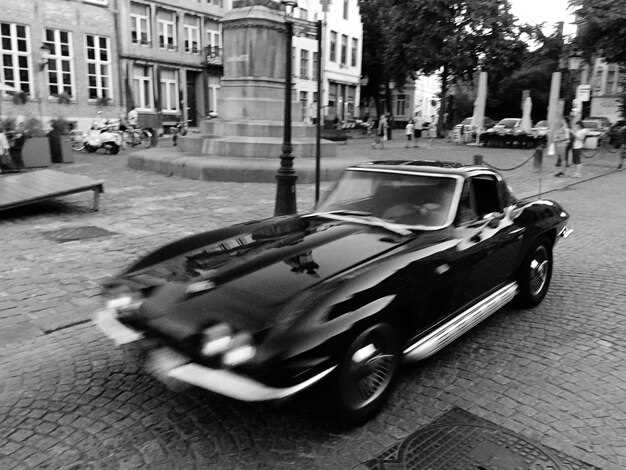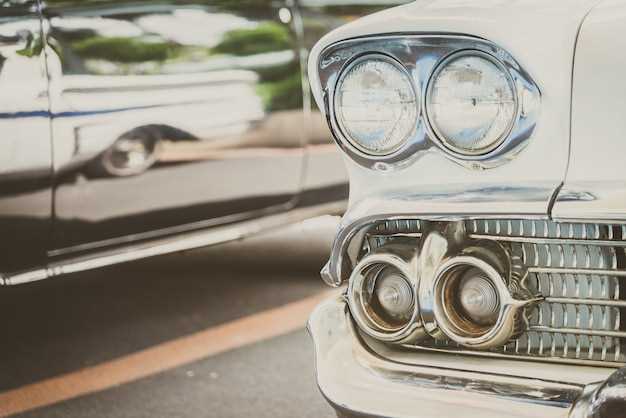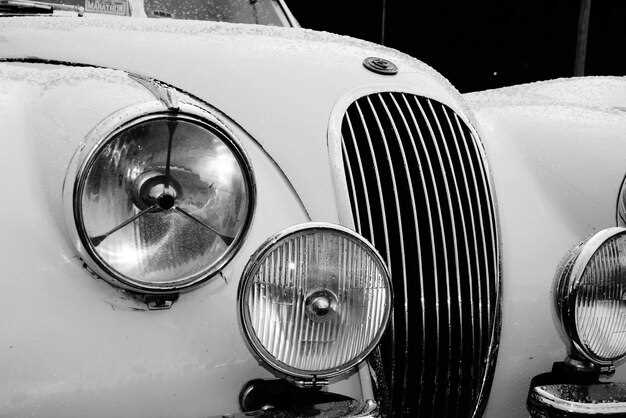
The Mercedes-Benz SL Series has long stood as an emblem of luxury and performance in the automotive world. Since its inception, this iconic roadster has blended cutting-edge engineering with timeless design, captivating car enthusiasts and collectors alike. The evolution of the SL Series reflects not only advances in automotive technology but also the shifting tastes of drivers over the decades.
From its debut in the 1950s, the Mercedes-Benz SL displayed unmatched prowess on both the racetrack and the roads. With each subsequent generation, the SL series has introduced innovative features and refined aesthetics while maintaining its core identity as a powerful and elegant roadster. These vehicles have become a symbol of status and sophistication, appealing to those who seek more than just a car– they desire an experience.
Exploring the SL Series through the decades reveals a fascinating journey of design evolution and engineering excellence. Each iteration not only showcases Mercedes-Benz’s commitment to creating exceptional roadsters but also tells a story of the era it represents, from the classic styling of the 300SL to the modern-day technological advancements found in the latest models. Join us as we delve deeper into the remarkable legacy of the Mercedes-Benz SL Series and its impact on the world of automobiles.
Iconic Design Evolution of the SL Series
The Mercedes-Benz SL Series has long been synonymous with luxury and performance, embodying the spirit of the classic roadster. Its design evolution reflects not just advancements in automotive technology but also the dynamic shifts in aesthetics and consumer preferences across decades.
Launched in 1952, the first generation, known as the W194, showcased a vintage appeal with its elongated hood and sculpted lines, epitomizing post-war optimism and the open road experience. This model set the tone for the SL lineage, blending elegance and sportiness.
As the series progressed into the 1960s with the W113, also known as the “Pagoda,” it introduced a more refined silhouette. The distinctive hardtop, which resembled a traditional Pagoda roof, coupled with its rounded edges softened the aggressive stance of the earlier models, establishing a new standard for comfort and style in roadsters.
The next milestone was the R107 placed on the market from the mid-1970s to the late 1980s. This generation brought a more robust and muscular presence while maintaining the graceful lines characteristic of the SL Series. It combined performance with luxury, appealing to a broader audience of enthusiasts looking for a stylish, vintage experience with modern conveniences.
Entering the new millennium, the R230 series embraced a more contemporary look with its sleek, aerodynamic design and innovative features. The transition towards a more aggressive aesthetic highlighted by sharper angles and a prominent front grille marked its departure from the softer forms of its predecessors, reflecting modern automotive trends.
Currently, the latest generation, the R232, further refines the identity of the SL Series. It harmonizes cutting-edge technology with a nod to its heritage, showcasing a sporty yet elegant chassis that pays homage to the classic roadster appeal of its ancestors while incorporating lavish interiors and advanced driving dynamics.
Throughout its history, the SL Series has consistently embodied the evolution of automotive design. Its journey from vintage charm to modern sophistication illustrates the constant interplay between heritage and innovation, making it a timeless favorite among car aficionados.
Performance Advancements in SL Models Over Time

The Mercedes-Benz SL series, renowned for its elegance and engineering prowess, has undergone significant performance advancements since its inception. Each generation of roadsters has introduced innovations that enhance acceleration, handling, and overall driving dynamics.
-
1960s – The R113 Series
- Introduced the lightweight aluminum body, improving power-to-weight ratio.
- Engine options included the 2.8L M130 inline-six and the powerful 3.5L M116 V8.
-
1970s – The R107 Series
- Emphasized improved handling through a revised suspension system.
- Inclusion of a 5.0L V8 engine, increasing horsepower and torque for enhanced performance.
-
1980s – The R129 Series
- Featured a more rigid body structure for improved stability at high speeds.
- Introduction of the 600SL with a powerful V12 engine, showcasing advanced engineering.
- Innovative technologies like traction control and airbags for improved safety and performance.
-
2000s – The R230 Series
- Adoption of active body control (ABC) for enhanced agility and ride comfort.
- Performance-oriented variants like the SL 55 AMG, with supercharged V8 engine.
- Increased focus on aerodynamics, contributing to better fuel efficiency and lower drag.
-
2010s – The R231 Series
- Transition to lighter materials such as aluminum for improved efficiency.
- Introduction of the AMG models featuring bi-turbo V8 engines, significantly boosting power output.
- Integration of advanced driver assistance systems, enhancing driver control and safety.
With each evolution, the Mercedes-Benz SL models have set new benchmarks in performance and advanced technology in the roadster segment. These enhancements ensure that the SL remains a compelling choice for driving enthusiasts worldwide.
Collectibility and Investment Value of Vintage SL Roadsters

The vintage Mercedes-Benz SL Roadsters have long captured the hearts of collectors and automotive enthusiasts alike. Known for their timeless design, engineering excellence, and driving performance, these vehicles represent an iconic segment of automotive history. The SL series, particularly models from the1960s and 1970s, are highly sought after for their classic styling and innovative features.
The investment value of vintage SL Roadsters has steadily increased over the years, making them an attractive option for collectors. Factors contributing to their collectibility include limited production numbers, historical significance, and the brand’s reputation for quality. Models such as the 300SL Gullwing and the later R107 generation are considered particularly valuable due to their rarity and desirability among collectors.
Condition plays a critical role in determining the market value of these vintage Mercedes-Benz models. Well-preserved examples with original parts and low mileage command premium prices. Restoration quality also impacts value; expertly restored cars often fetch higher bids at auctions. Moreover, maintaining documentation and provenance is essential for establishing authenticity and enhancing collectibility.
As the classic car market continues to evolve, vintage SL Roadsters stand out not only for their aesthetic appeal but also for their potential as long-term investments. Enthusiasts and investors alike recognize the fusion of elegance and performance, ensuring that these cars remain highly coveted in the years to come.
